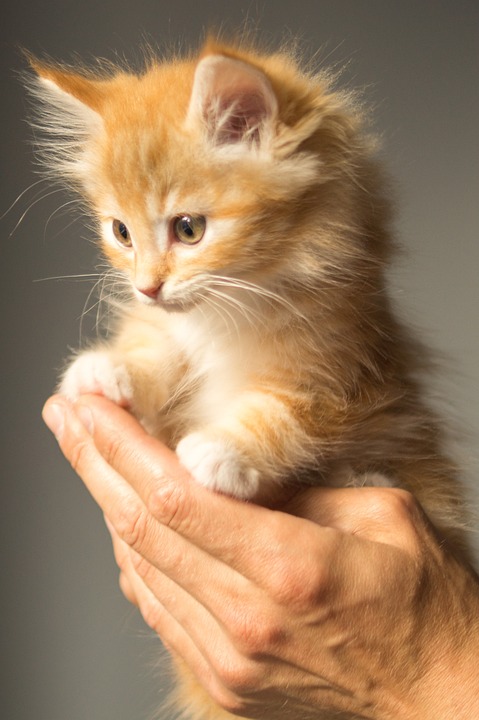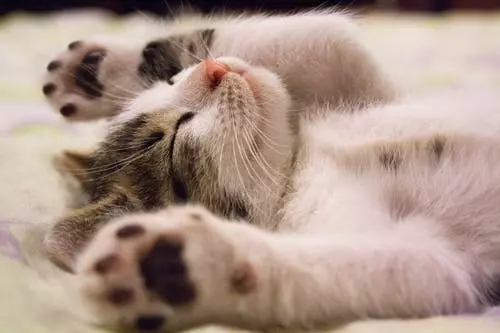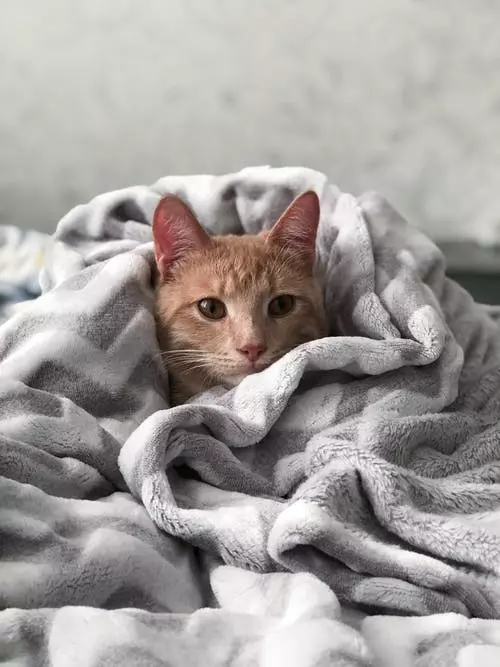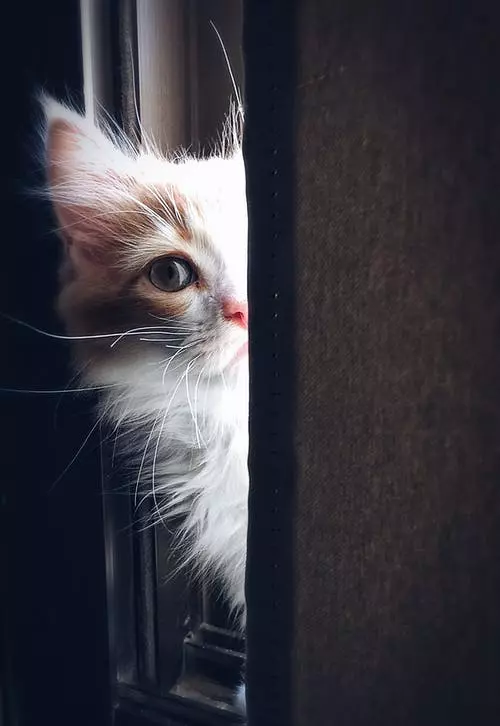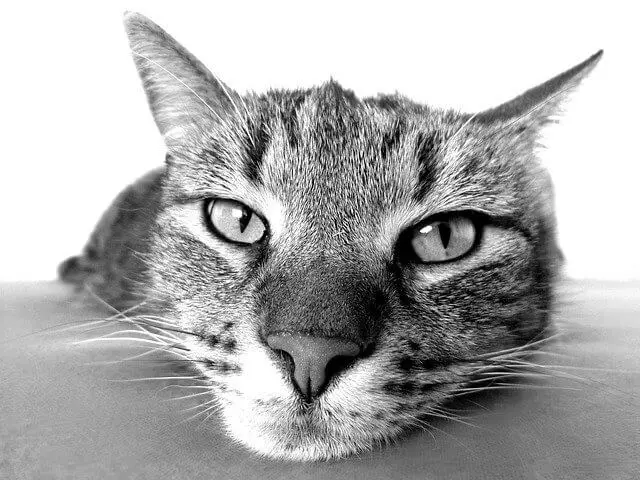Understanding Excessive Vocalization in Cats during Interactions with Other Pets
As a cat owner, it’s not uncommon to witness your feline companion engaging in various vocalizations. From gentle purring to enthusiastic meowing, cats communicate through a wide range of sounds. However, excessive vocalization during interactions with other pets can sometimes raise concerns. In this article, we will delve into the reasons behind this behavior and provide practical tips on how to cope with it effectively. But first, let’s understand why cats vocalize in the first place.
Why Do Cats Vocalize?
Cats are known to vocalize for various reasons, including:
1. Communication: Vocalizations serve as a way for cats to communicate their needs, desires, and emotions to humans and other animals. These sounds can range from friendly meows and purrs to more assertive hisses and growls.
2. Attention-seeking: Some cats may use excessive vocalization to grab attention from their owners or to express their desire for interaction, playtime, or food.
3. Anxiety or Stress: Cats may resort to vocalization during interactions with other pets if they feel anxious or stressed. This behavior can be their way of expressing fear, discomfort, or a desire to establish boundaries.
4. Territoriality: Cats are territorial animals, and vocalizing during interactions can be their way of defending their territory or asserting dominance.
Now that we have a better understanding of why cats vocalize let’s explore some tips to help you cope with excessive vocalization during interactions with other pets:
1. Gradual Introductions and Socialization
When introducing a new pet to your cat, it’s crucial to follow a gradual and controlled introduction process. This process allows the cats to familiarize themselves with each other’s scents and presence without feeling overwhelmed. By providing a calm and controlled environment, you can minimize the chances of excessive vocalization during interactions.
2. Provide Safe Spaces and Vertical Territory
Cats value their personal space and having designated safe spots to retreat to can help reduce stress and vocalization. Ensure each pet has access to their own hiding spaces, elevated perches, and separate feeding areas. These safe spaces can serve as retreats when cats need a break from social interactions.
3. Play and Enrichment
Engaging your cat in interactive play and providing mental stimulation can help alleviate anxiety and reduce excessive vocalization. Regular play sessions with appropriate toys can redirect their focus and energy in a positive way. Additionally, puzzle toys and scratching posts can keep them mentally and physically stimulated, reducing the likelihood of vocalization during interactions.
4. Training and Positive Reinforcement
Training your cat to respond to basic commands and cues can be beneficial when managing excessive vocalization. Reward-based training methods can help redirect their focus and reinforce desirable behaviors. For example, teaching your cat to come when called or to go to a specific spot can help divert their attention during interactions with other pets.
5. Consult a Veterinarian or Animal Behaviorist
If your cat’s excessive vocalization persists despite your efforts, it may indicate an underlying medical or behavioral issue. Seeking professional help from a veterinarian or an animal behaviorist is recommended. They can assess your cat’s behavior, rule out any medical conditions, and provide specialized guidance tailored to your specific situation.
FAQs
Q: Is excessive vocalization always a cause for concern?
A: Not necessarily. Some cats are naturally more vocal than others. However, if the vocalization is sudden, persistent, or accompanied by other concerning behaviors, it’s best to consult a professional.
Q: Can excessive vocalization indicate pain or discomfort?
A: Yes, excessive vocalization can be a sign of underlying pain or discomfort. If you suspect this might be the case, consult your veterinarian to rule out any medical conditions.
Q: Should I punish my cat for excessive vocalization?
A: Punishment is not recommended as it can increase stress and worsen the behavior. Instead, focus on positive reinforcement techniques and seek professional guidance if needed.
Q: How long does it typically take for cats to adjust to each other?
A: The time it takes for cats to adjust to each other can vary greatly. It may take a few days or several weeks. Patience, gradual introductions, and positive reinforcement are key during this process.
Remember, each cat is unique, and finding the right approach to cope with excessive vocalization during interactions with other pets may require some trial and error. By creating a calm and enriched environment, providing safe spaces, and seeking professional advice when needed, you can help your feline friends coexist harmoniously.

